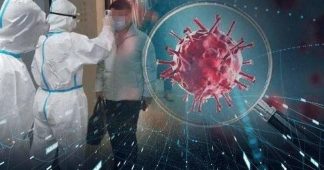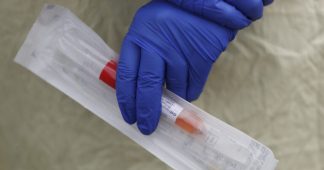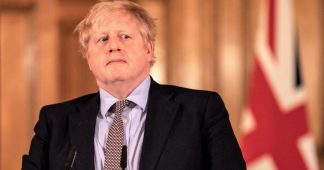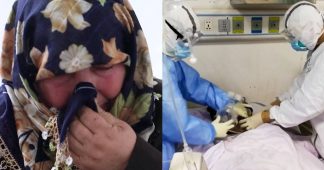Mar 19th 2020
“WE HAVE A simple message to all countries.” So said Tedros Adhanom Ghebreyesus, the head of the World Health Organisation (WHO) at a news conference held in Geneva on March 16th. “Test, test, test. All countries should be able to test all suspected cases, they cannot fight this pandemic blindfolded.” Without adequate testing for SARS–CoV–2, the novel coronavirus that is now sweeping rapidly around the world, he said, there can be no isolation of cases and the chain of infection will not be broken. As if to prove the point, a vigorous policy of testing seems to have slowed the virus’s spread in South Korea quite dramatically. And in Vo, a town in Italy, thorough and repeated testing of all 3,300 inhabitants has stopped new infections entirely.
Two main types of test are used to identify viral infections: genetic and serological. The first genetic test for SARS–CoV-2 was created just a few days after the virus’s genomic sequence was published, on January 12th, by a group of Chinese researchers. Others, developed subsequently by public health bodies around the world (and also a few companies) have their own tweaks, but their broad principle is the same.
Amplification is his only employ
Each starts with a swab taken from the back of the nose or the throat of an individual suspected of being infected, in a search for RNA—for SARS–CoV–2 stores its genes as RNA, rather than the similar molecule, DNA, which animals such as human beings employ for the purpose. Because of this quirk, the first step of genetic testing is to copy any RNA collected into DNA, using an enzyme called reverse transcriptase. That done, the DNA is then amplified in quantity by a process called the polymerase chain reaction (PCR). The now-amplified DNA is sequenced and matched (or not) against the sequence that would be expected if the starting point was RNA from the virus.
Read more at https://www.economist.com/











